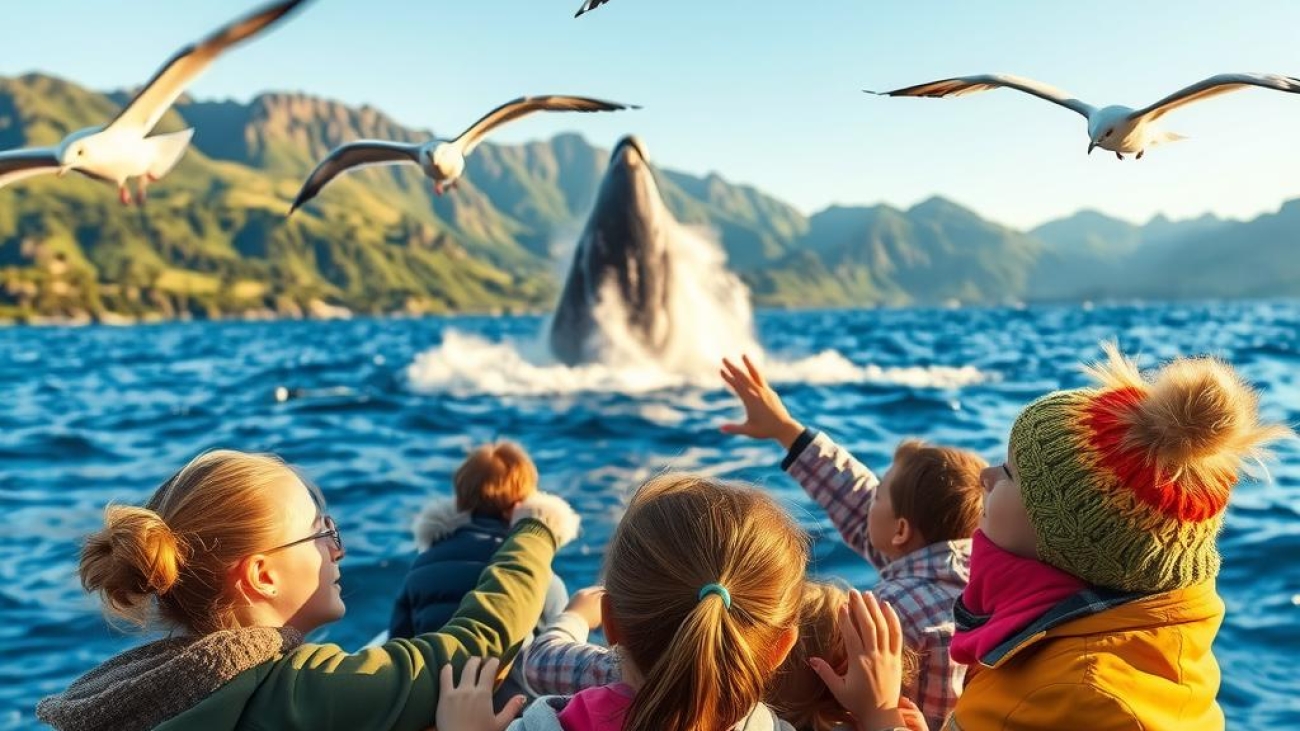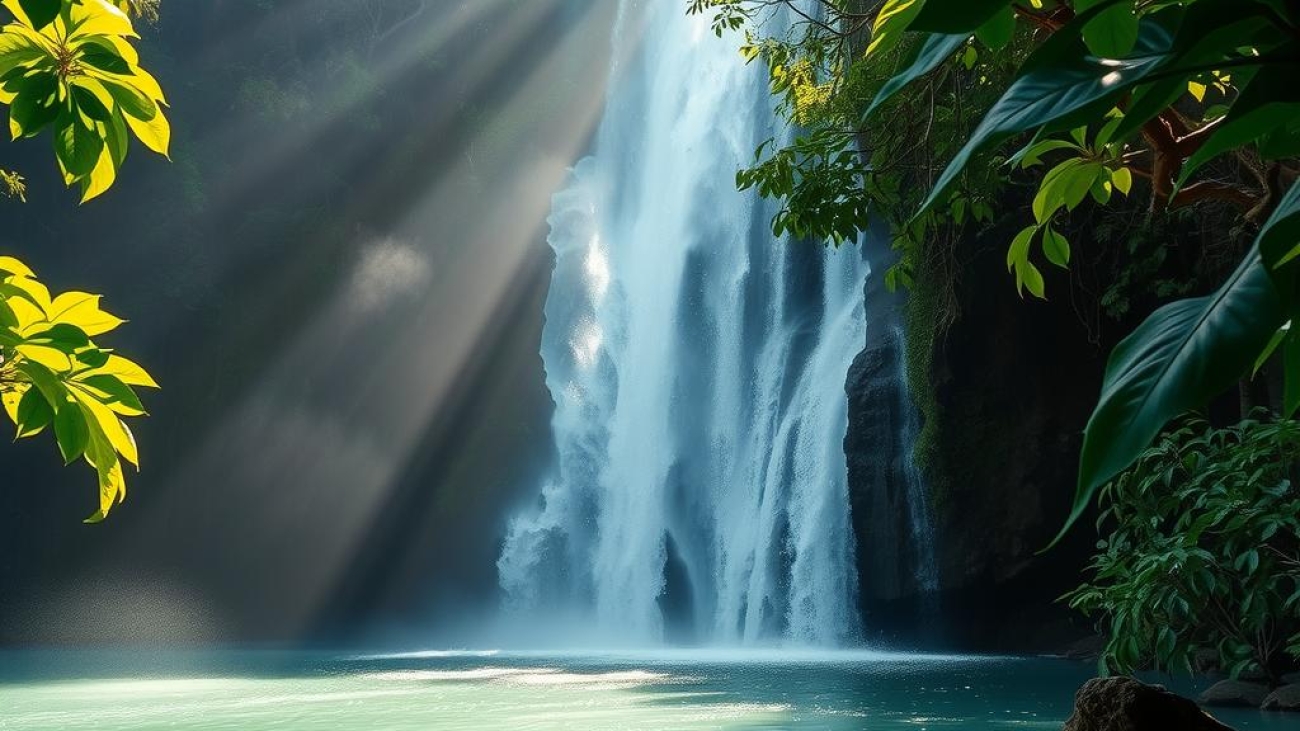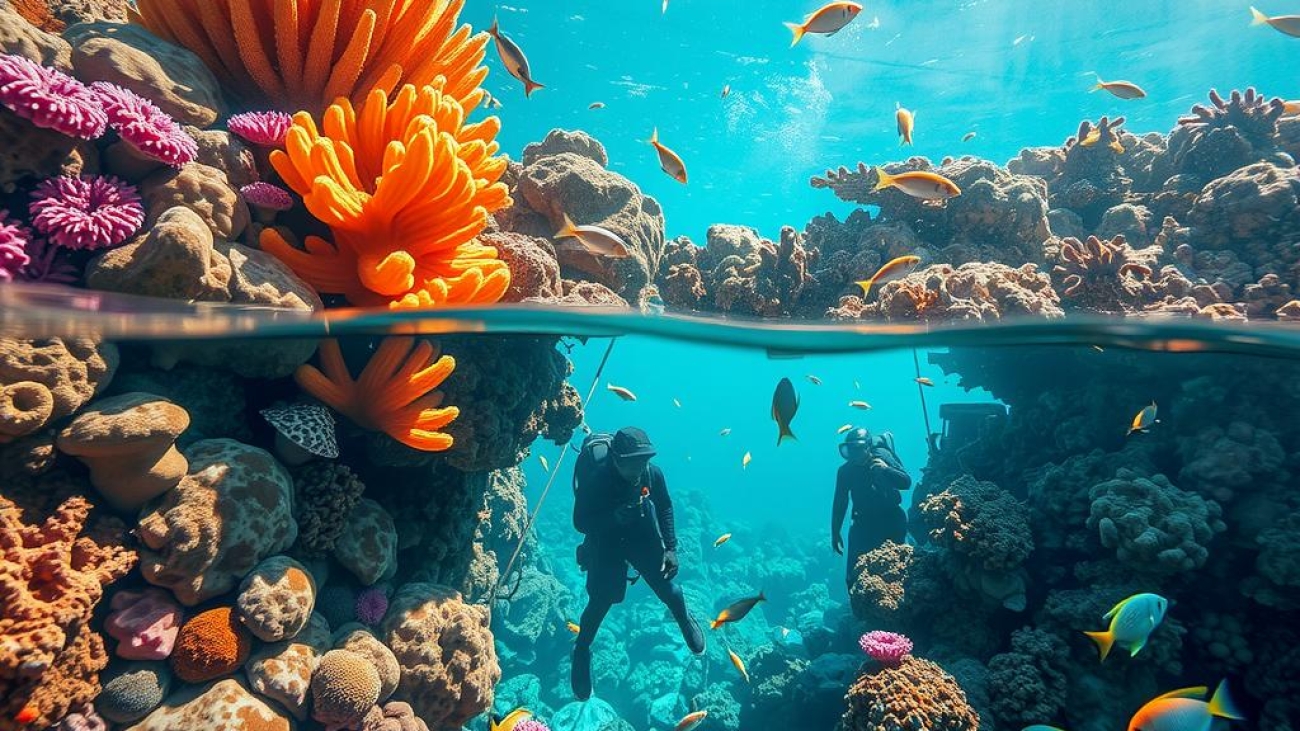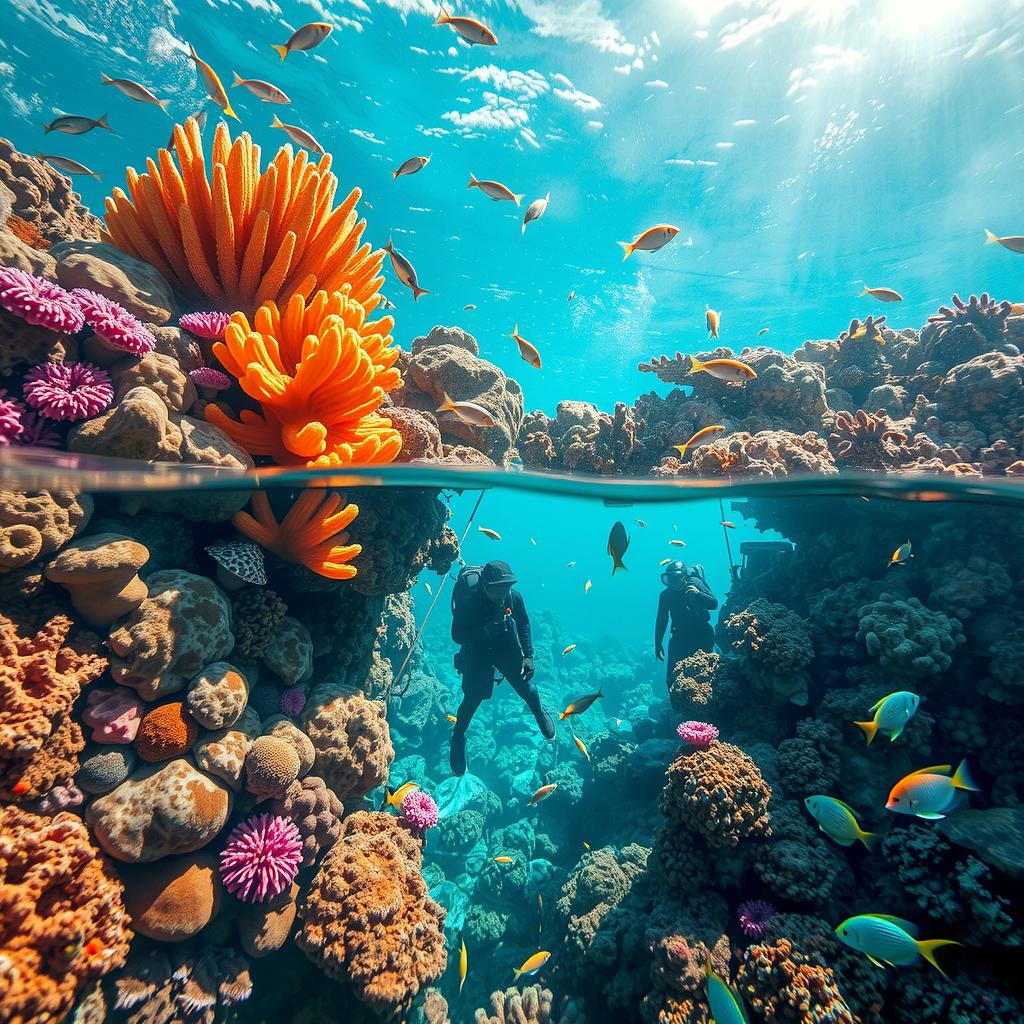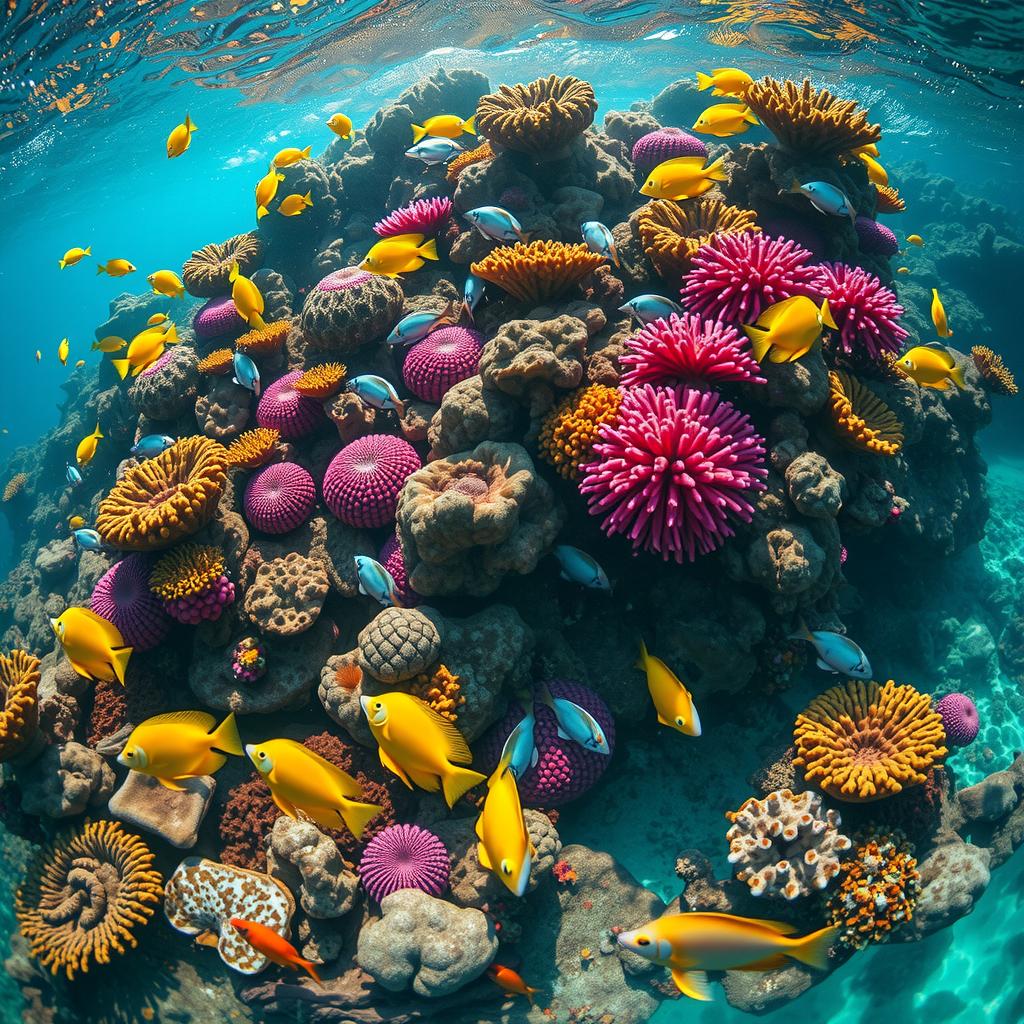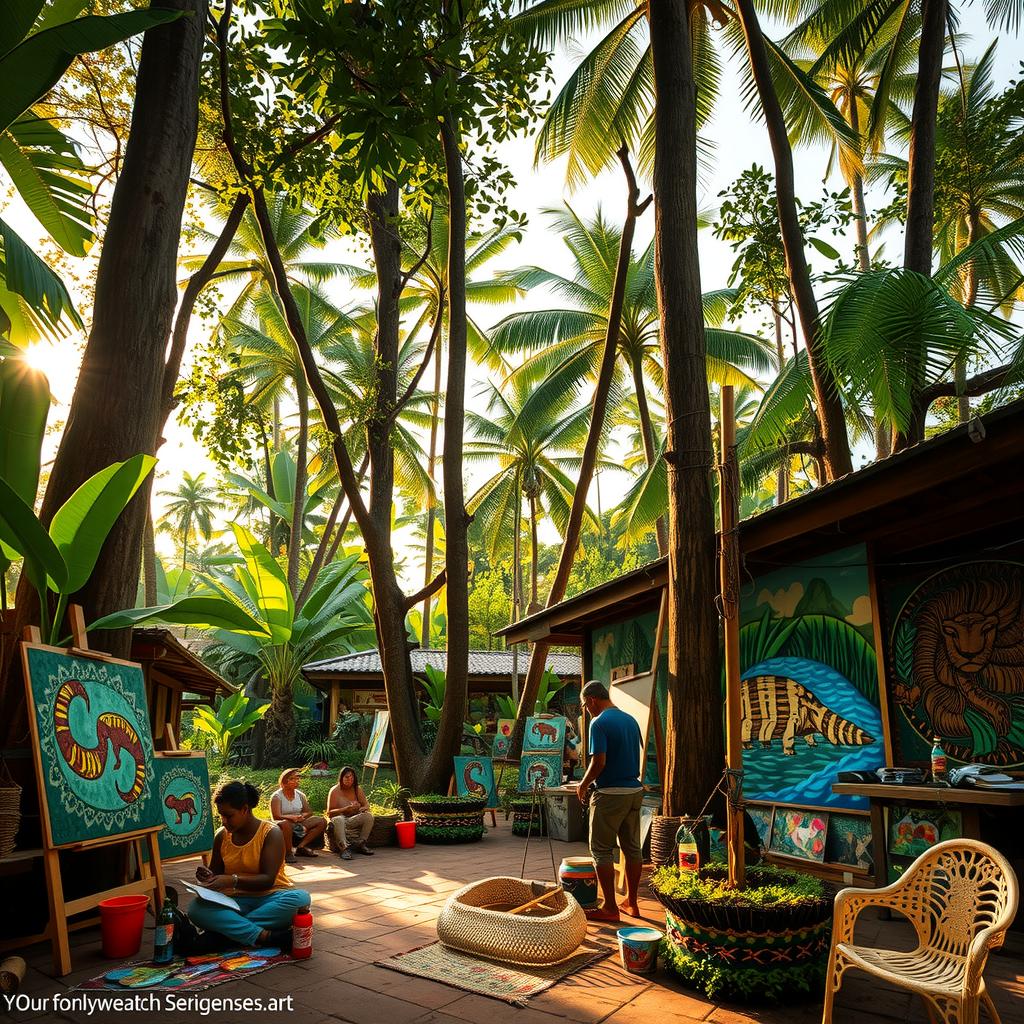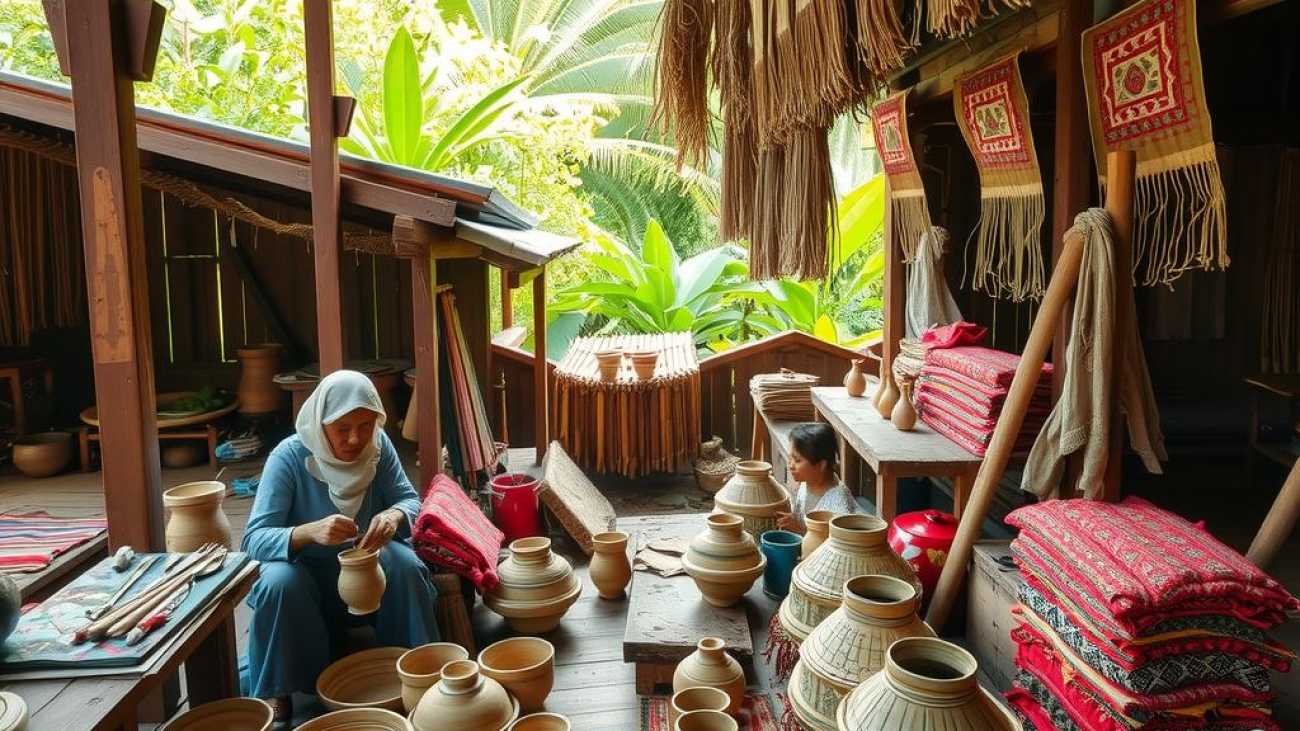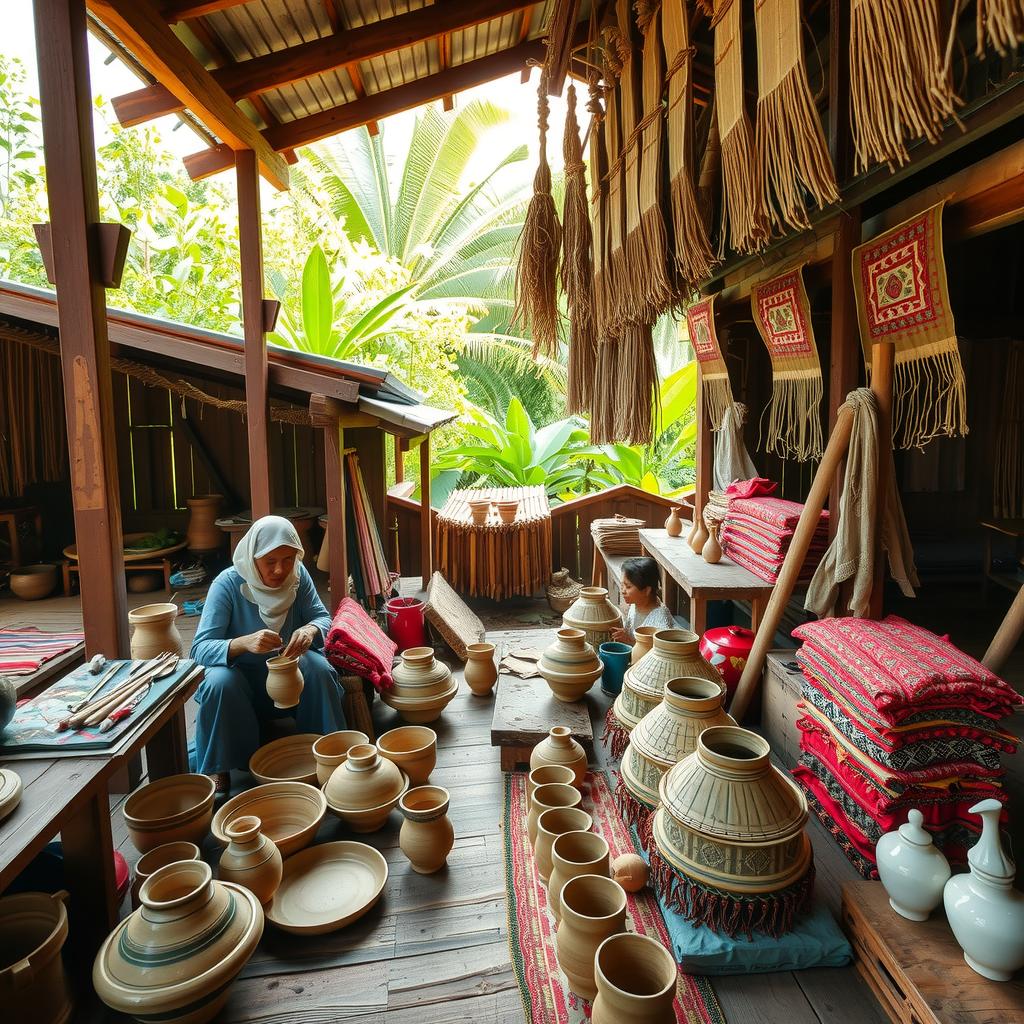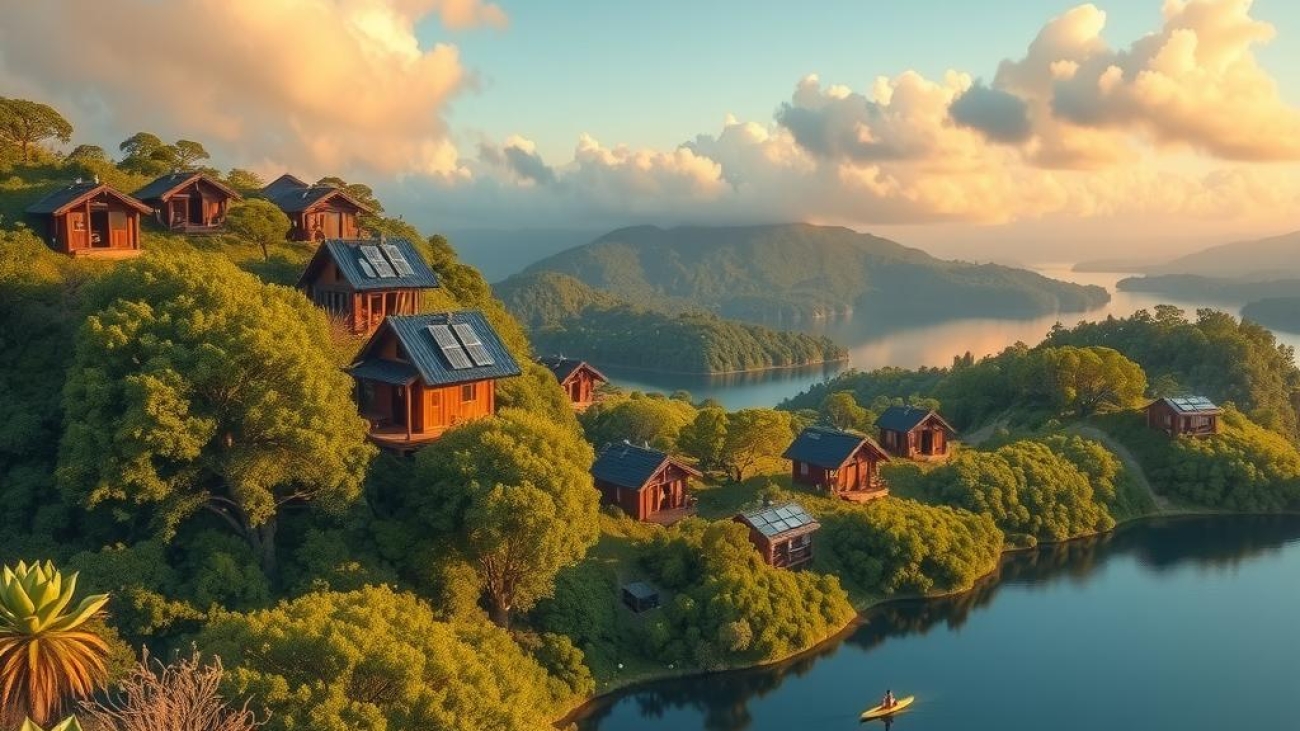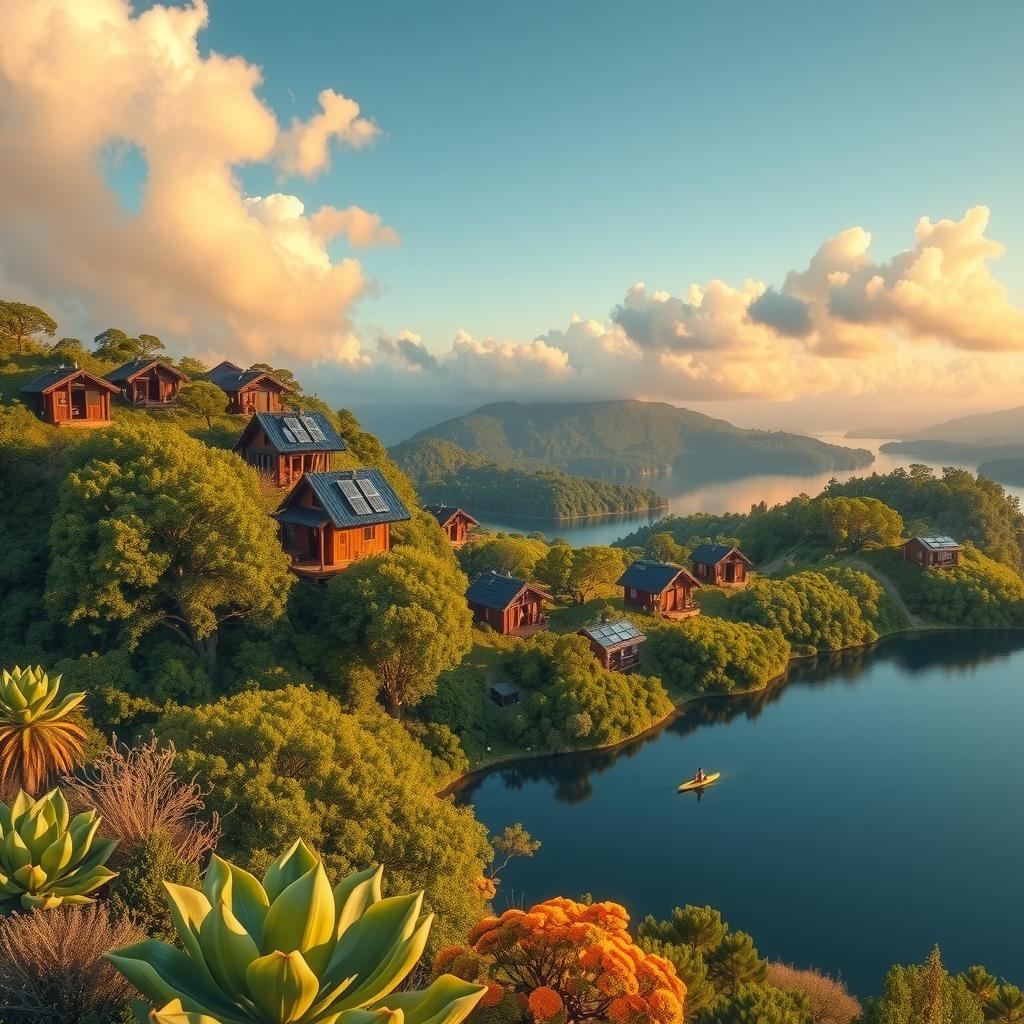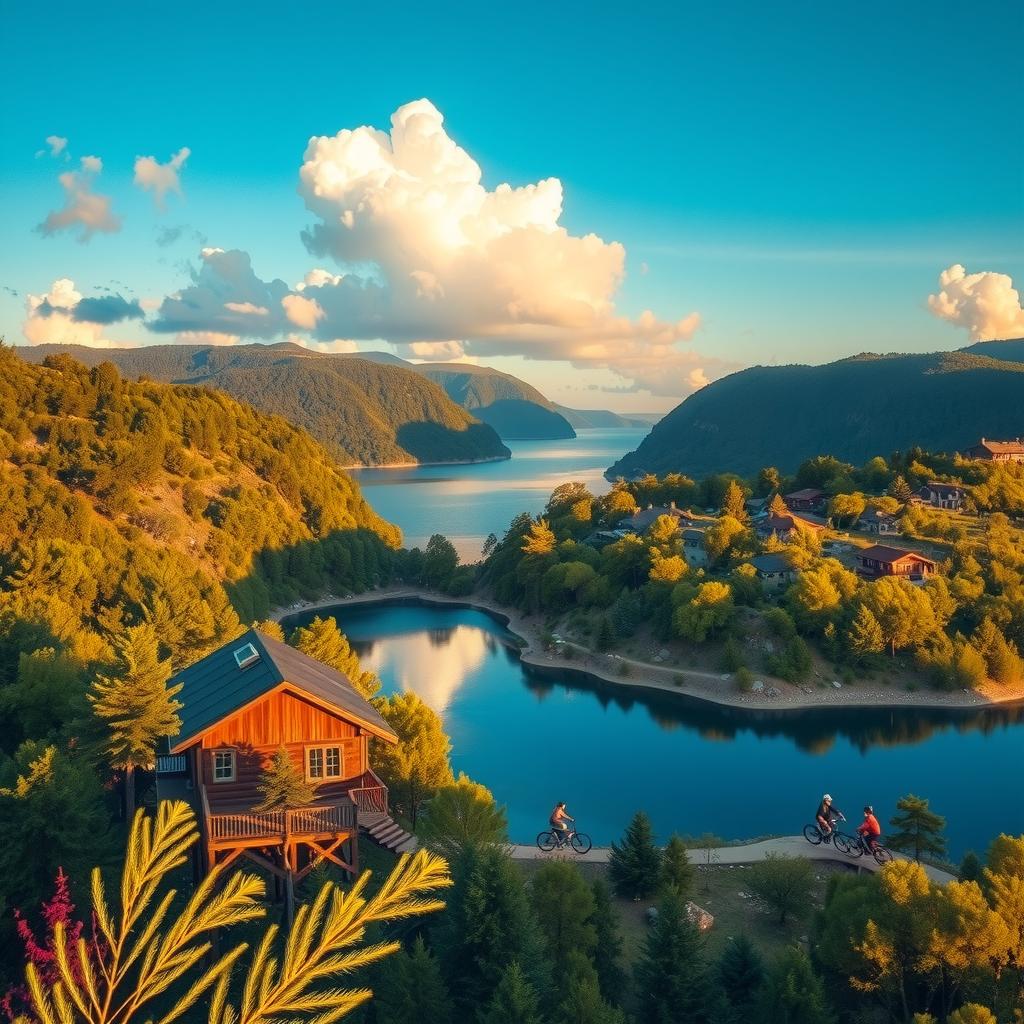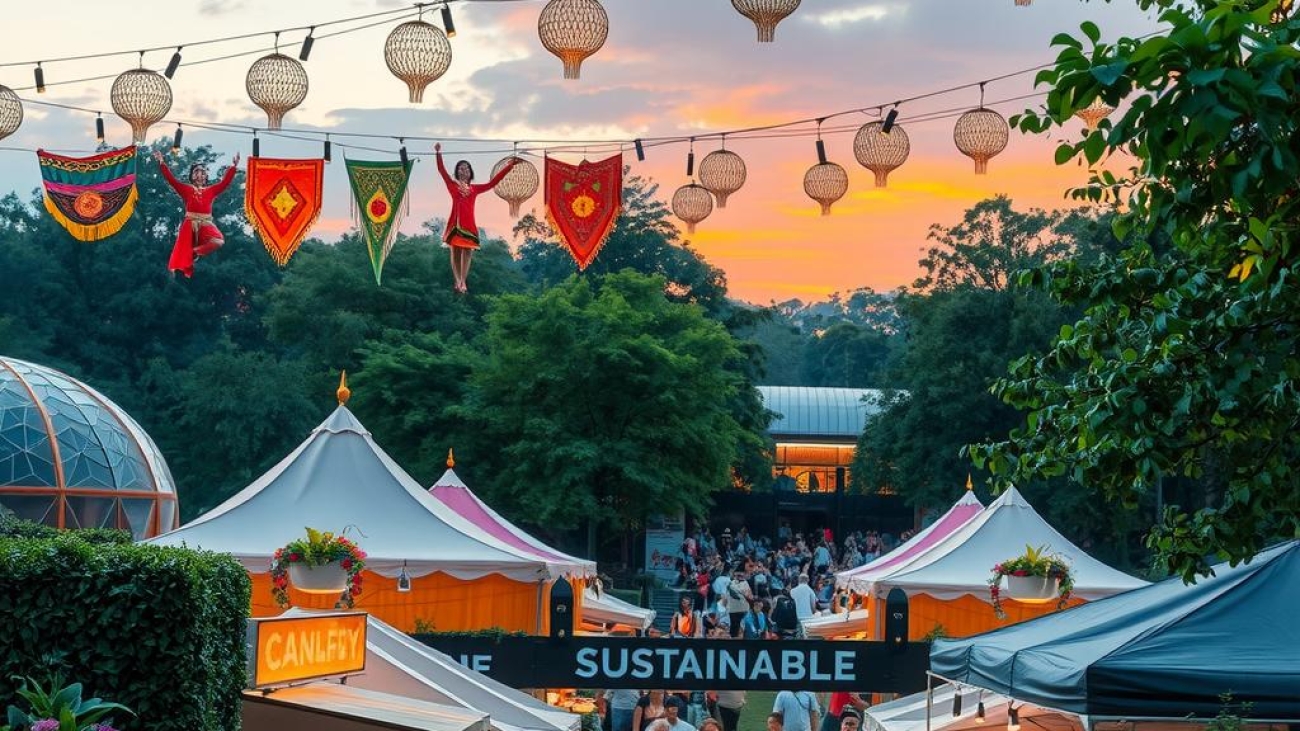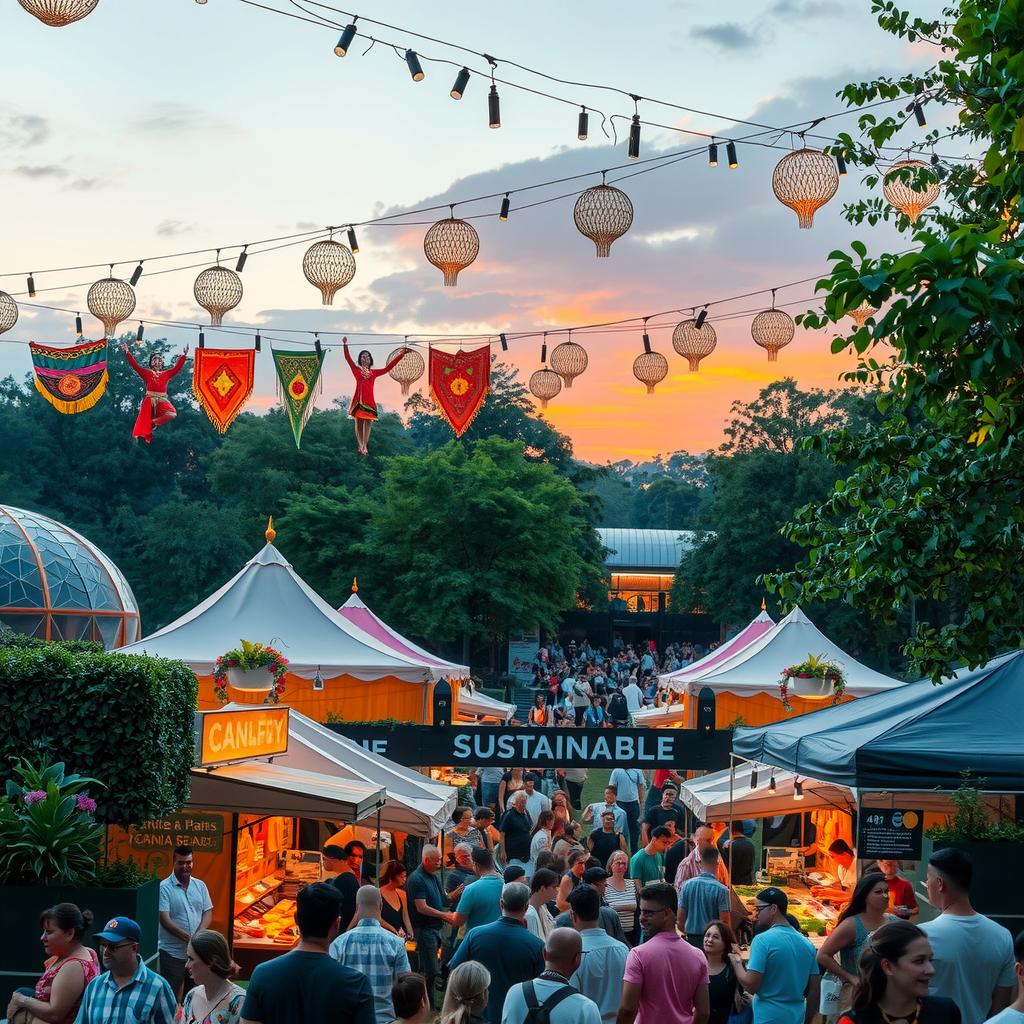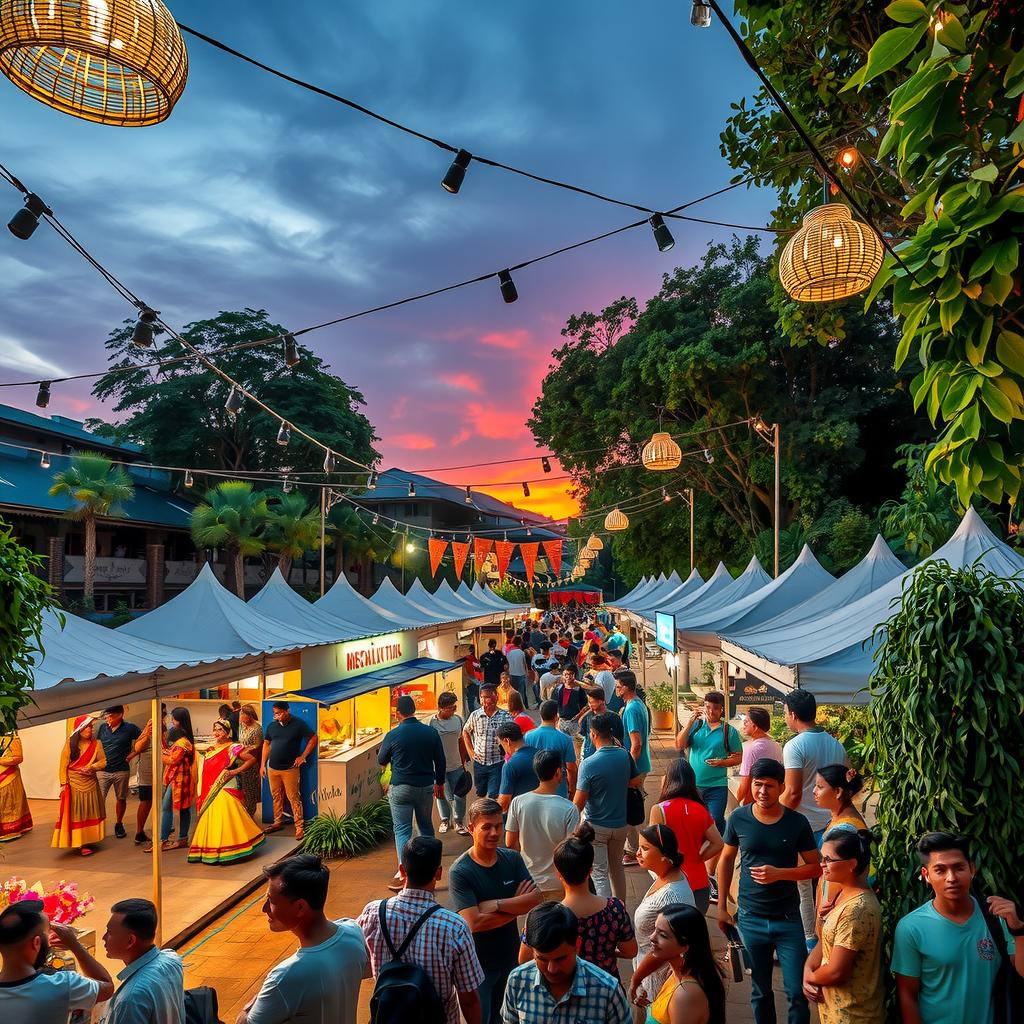Whale watching in Patagonia offers a breathtaking experience that can ignite wonder and excitement in children, making it an ideal family activity. However, selecting the best times for this adventure is crucial to ensure a memorable outing. Families often face the dilemma of timing their vacations in alignment with nature’s rhythms, especially when traveling with children who thrive on engaging experiences. Imagine standing on a boat surrounded by vast ocean waters as majestic whales breach and spout nearby; such moments can be magical but require careful planning.
Timing plays a significant role in whale watching adventures. The unpredictable nature of wildlife means that families need to be aware of peak seasons to maximize their chances of witnessing these incredible marine giants up close. Not only do certain months offer better viewing opportunities, but they also coincide with more favorable weather conditions—important factors when considering outdoor activities for kids. This blog post endeavors to provide insights into the best times for whale watching in Patagonia, ensuring that families don’t miss out on this unique opportunity.
In addition to understanding seasonal patterns, parents should consider specific locations within Patagonia renowned for child-friendly excursions that embrace both safety and fun. It’s essential not just to plan around dates but also select tours designed specifically with children’s needs and interests in mind—whether it involves shorter trip durations or interactive learning experiences about marine life.
As readers delve deeper into this article, they will discover valuable travel tips tailored for families aiming to embark on unforgettable whale watching trips across Patagonia’s stunning landscapes. By highlighting key months known for optimal sightings alongside practical advice geared toward keeping young adventurers engaged and safe during these excursions, parents can ensure an enriching experience filled with awe-inspiring encounters while fostering a love for nature among their children.
Prepare to explore how whale watching in Patagonia aligns perfectly with family values—creating lasting memories while respecting the environment—and uncover why it’s essential to choose your timing wisely!
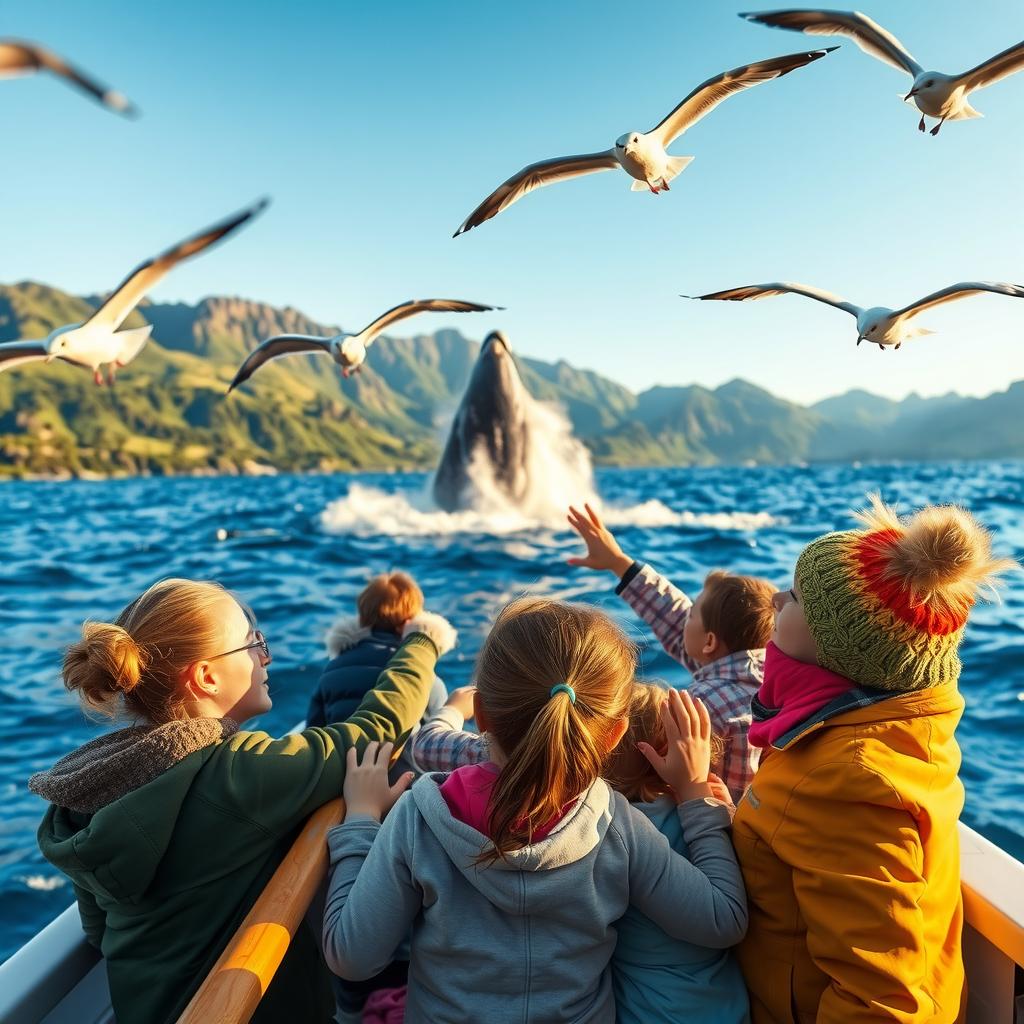
Key Points:
-
Optimal Viewing Months: Understanding Seasonal Patterns
The best times for whale watching in Patagonia are typically during the months of June to October when several species, including the majestic Southern Right Whale, congregate along the coastlines. Families can enhance their experiences by timing their trips during these optimal viewing months, ensuring that children get to witness these gentle giants in action. -
Family-Friendly Activities: Engaging Children Beyond Whale Watching
To complement the thrilling experience of whale watching in Patagonia, families should consider engaging activities tailored for younger audiences. Many tour operators offer educational programs and interactive wildlife tours designed specifically for kids, making it easy to keep them entertained while learning about marine life and conservation efforts. -
Travel Tips for Families: Planning a Memorable Adventure
When planning your adventure focused on whale watching in Patagonia, it’s crucial to incorporate travel tips that cater to families with children. From selecting child-friendly accommodations to finding excursions that allow ample time for exploration and discovery, thoughtful preparation can ensure a delightful trip filled with unforgettable moments as you explore nature’s wonders together.
Understanding the Best Times for Whale Watching in Patagonia
The Seasonal Dance of Whales and Family Vacations
Whale watching in Patagonia is an awe-inspiring experience that aligns beautifully with family travel plans, particularly when considering the optimal seasons for sightings. Generally, the prime months for encountering these magnificent marine mammals are from June to September, coinciding with the Southern Hemisphere’s winter and spring. During this time, various species of whales—including humpback, southern right, and orca—migrate to Patagonia’s nutrient-rich waters. Families planning a trip during these months can enjoy not only whale sightings but also breathtaking landscapes filled with glaciers and diverse wildlife. Moreover, many tour operators offer child-friendly excursions designed to engage younger travelers while ensuring safety on board. Parents should be aware that early mornings often yield better sighting opportunities as whales are more active at dawn. By strategically timing their trips within this peak period, families can maximize their chances of witnessing extraordinary breaches and playful behaviors from these gentle giants.
Planning Family Activities Around Whale Sightings
Enhancing Your Trip with Nature Excursions
Incorporating whale watching in Patagonia into a family’s travel itinerary provides ample opportunities for additional nature excursions that cater to all ages. Beyond just observing whales, families can explore nearby national parks such as Torres del Paine or Los Glaciares National Park where hiking trails accommodate varying skill levels suitable for children. These outdoor adventures teach kids about ecology through firsthand experiences while building lasting memories away from screens. Additionally, many tours combine whale-watching experiences with kayaking expeditions or guided hikes along coastal paths rich in biodiversity; thus enhancing educational aspects without compromising fun. It’s important for families to book tours well in advance during peak season due to high demand but they will find plenty of options tailored specifically towards making sure children have engaging activities throughout their journey.
The Best Viewing Locations Alongside Travel Tips
Maximizing Your Whale-Watching Adventure
Patagonia offers several exceptional locations renowned for whale watching, each presenting unique viewing conditions ideal for family outings. One prominent site is Península Valdés—a UNESCO World Heritage site—where visitors frequently spot southern right whales close to shore between June and December during breeding season; here families may even observe mothers caring tenderly for their calves! Another popular destination is the Beagle Channel near Ushuaia which hosts diverse wildlife including dolphins alongside migrating humpbacks later in the year (September-November). When planning visits around these areas it’s crucial families consider weather patterns since variable climate conditions could affect both visibility at sea level as well as comfort aboard vessels designed accommodating different age groups effectively like having life jackets available specifically sized appropriately making it easier when taking young children on board.
Capturing Memories: Photography Tips While Whale Watching
Making Every Moment Count With Your Camera
A significant aspect of any whale watching excursion lies not just within seeing these creatures but capturing beautiful moments spent together as a family amidst stunning backdrops unique only found across Patagonia’s coastline offering unforgettable scenery perfect framing shots worthy sharing later among friends back home! To ensure successful photography sessions onboard boats used primarily intended purposefully focused upon best angles light reflections during golden hour early morning late afternoon help enhance images taken clearly highlighting vibrant colors along ocean waves contrasting against powerful silhouettes majestic animals surfacing above waterline breathing before disappearing again into depths below keeping excitement alive amongst viewers waiting eagerly next encounter awaiting anticipation grows stronger momentarily each sighting presents itself unexpectedly adding thrill capturing essence adventure shared collectively throughout journey delivering joyful reminders future discussions recounting highlights experienced fondly years down road celebrating bonds forged through shared passions exploring nature together adventurously!
Family-Friendly Whale Watching Adventures
Engaging Children Through Interactive Learning
Embarking on a whale watching in Patagonia adventure can be an exhilarating experience for families, especially when young ones are involved. To enhance this journey, many tour companies offer engaging educational programs and interactive tours specifically designed for children. These activities not only enrich the whale watching experience but also foster a deeper appreciation of marine life among younger audiences. As families set sail to witness the majesty of whales breaching the surface or gracefully gliding through the waves, they will find that child-friendly initiatives make these excursions even more memorable.
One key aspect of family-friendly whale watching in Patagonia is the incorporation of hands-on educational experiences. Many operators provide opportunities for children to participate in age-appropriate workshops where they can learn about different species of whales and their habitats. For instance, kids might engage in fun activities such as building scale models of various whales or participating in scavenger hunts that encourage them to spot specific wildlife during their trip. Such interactive experiences not only captivate children’s attention but also instill valuable knowledge about ocean conservation and marine ecosystems.
Additionally, storytelling plays a vital role in making these adventures appealing to young minds. Tour guides often weave fascinating tales about local folklore related to sea creatures or share interesting facts regarding whale behavior during their presentations. By capturing children’s imaginations with enchanting narratives, guides help cultivate curiosity while offering insights into what makes whale watching in Patagonia unique compared to other locations around the world.
Moreover, timing is crucial when planning a family trip focused on whale watching; understanding the best times for sightings enhances overall enjoyment and learning opportunities. Families should consider visiting between June and December when migratory patterns bring several species close to shore, providing ample chances for spotting magnificent creatures like humpback whales and southern right whales. This seasonality allows parents to plan tailored itineraries that maximize engagement with nature while ensuring captivating moments are shared amongst loved ones.
Travel tips abound for those looking to create an unforgettable adventure centered around family activities. For instance, packing binoculars can significantly enrich children’s viewing experience by allowing them closer observation without disturbing wildlife habitats. Furthermore, involving children in pre-trip research helps build anticipation—encouraging discussions about what types of marine life they hope to see may spark excitement leading up until departure day.
In conclusion, integrating educational programs alongside interactive components into family-oriented whale watching trips ensures enriching encounters await travelers venturing into stunning Patagonian waters. With well-planned itineraries featuring captivating stories from knowledgeable guides combined with hands-on learning opportunities tailored specifically towards youngsters’ interests—families embark upon journeys filled with wonderment as they explore one of nature’s most awe-inspiring spectacles: whale watching in Patagonia.
Family Travel Planning: Making Memories Together
Effective Strategies for an Unforgettable Journey
When planning a family trip, especially to breathtaking destinations like Patagonia, thoughtful strategies are essential for ensuring that both parents and children have an enjoyable experience. One of the most effective travel tips is to create a flexible itinerary that balances structured activities with free time. For families looking to immerse themselves in nature, engaging in whale watching in Patagonia can be a highlight of their adventure. These excursions not only provide awe-inspiring views but also educational experiences about marine life, making them child-friendly and enriching for younger travelers. It’s advisable to research the best times for whale watching; typically, late spring through early fall offers optimal sightings.
To enhance the travel experience further, incorporating various family activities into the itinerary can keep everyone engaged. Nature hikes, exploration of local wildlife parks or even short boat trips along picturesque fjords allow kids and adults alike to appreciate Patagonia’s stunning landscapes while enjoying quality time together. While planning itineraries filled with outings like these may seem daunting at first glance, utilizing resources such as travel blogs or forums where other families share their insights can simplify the process significantly.
Balancing Adventure and Relaxation
Emphasizing Kid-Friendly Experiences
In addition to selecting activities suited for all ages, it’s crucial that parents consider accommodations that cater specifically to families traveling with children. Many lodges and hotels offer amenities designed with young guests in mind—such as play areas or children’s menus—that make stays more comfortable and stress-free after long days exploring unique attractions like whale watching in Patagonia. Furthermore, establishing routines during trips helps maintain some sense of normalcy amid new environments; setting aside downtime allows kids (and parents) moments to recharge before embarking on new adventures.
Moreover, packing strategically enhances any family’s journey by preparing them for varying climates typical within regions such as Patagonia. Layering clothes will ensure comfort regardless of whether they embark on outdoor excursions or enjoy indoor leisure time between activities—this approach keeps spirits high when weather conditions change unexpectedly. Families should also remember essentials like snacks and hydration options while out exploring so little ones remain energized throughout busy days full of discovery.
Creating Lasting Connections Through Travel
Prioritizing Engagement Across Generations
Ultimately, successful family vacations hinge upon prioritizing engagement across generations—the memories crafted during shared experiences become cherished tales told long after returning home from journeys through enchanting locales like Patagonia. By intertwining thrilling exploits such as whale watching in Patagonia alongside calm moments spent reflecting on adventures over meals at cozy restaurants featuring local cuisine creates opportunities fostering deeper connections among family members.
Additionally, maintaining open communication about preferences ensures every voice feels valued when mapping out potential plans—a practice often overlooked yet vital toward cultivating harmonious dynamics throughout travels! Encouraging siblings’ input regarding desired sights fosters teamwork while allowing everyone ample opportunity express interests leading up exciting discoveries awaiting around each corner! After all—it is these little details combined efforts which weave beautiful narratives showcasing personal growth shaped by exploration rooted within natural wonders found only amidst spectacular destinations waiting patiently inviting curious souls seeking unforgettable adventures just beyond horizons lined rocky shores extending vast openness beckoning all wanderers forward towards endless possibilities ahead!
Frequently Asked Questions:
Q: What are the best times for whale watching in Patagonia?
A: The best times for whale watching in Patagonia typically span from June to October, with peak sightings occurring between July and September. During these months, families can witness various species of whales, such as the magnificent Southern Right Whale and the playful Orcas, making it an ideal time for children to experience these gentle giants up close.
Q: Are there family-friendly activities available during whale watching excursions?
A: Yes! Many tours offer family activities that cater specifically to younger audiences. Options include educational programs about marine life, interactive wildlife tours designed to keep children engaged, and even arts and crafts sessions focused on ocean conservation. These experiences complement whale watching in Patagonia, ensuring that kids remain entertained while learning about nature.
Q: How can we make our trip more enjoyable for our kids during whale watching trips?
A: Incorporating thoughtful travel tips is crucial when planning your adventure. Families should consider shorter tour durations suitable for young attention spans or select providers who offer child-friendly amenities onboard. Additionally, preparing snacks or bringing along games related to marine life can enhance the overall experience of whale watching in Patagonia, creating joyful memories for both parents and their little ones.
